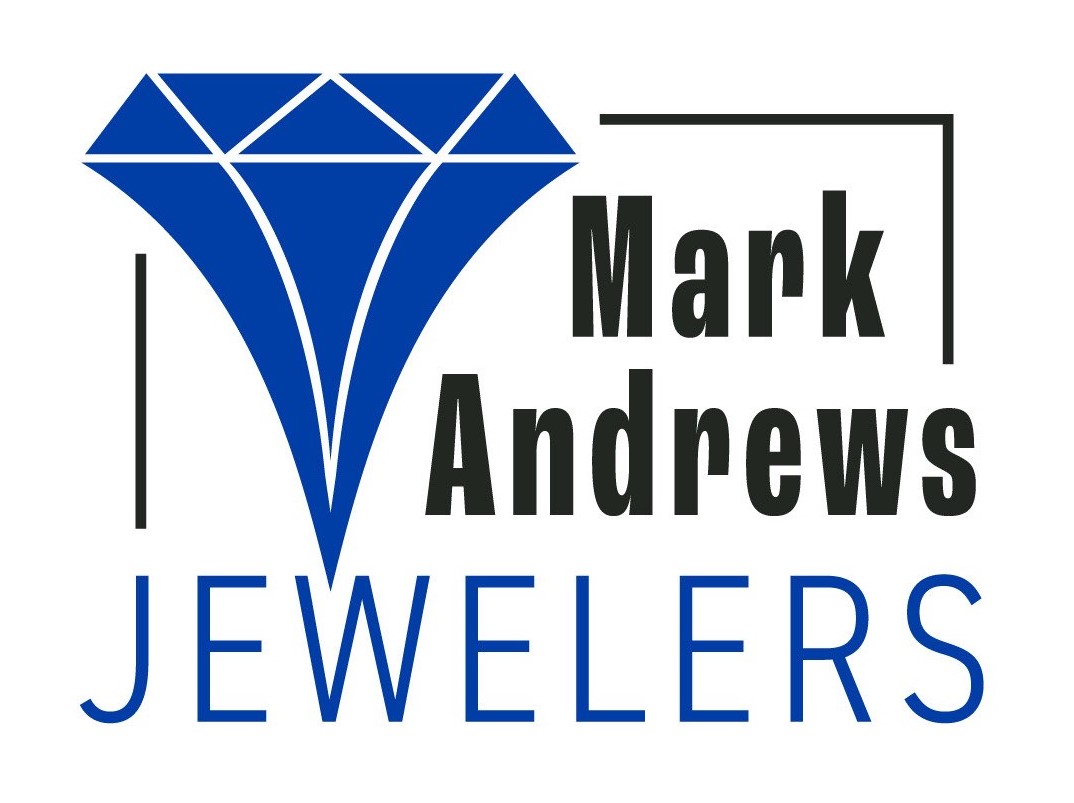To learn about diamonds, you first have to learn about the four C’s of diamonds buying: the four characteristics which are considered the most important in determining a diamond’s value.
- Cut
- Color
- Clarity
- Carat Weight
Cut:
Cut is probably the most important as a diamonds brilliance depends heavily on it’s cut.  The diamond industry uses the word “cut” in two different ways. First, it’s used to describe the shape of a diamond; emerald cut etc. The second way “diamond cut” is used is to describe the reflective qualities of a diamond. A good cut gives a diamond its brilliance, which is that brightness that seems to come from the very heart of a diamond. The angles and finish of any diamond are what determine its ability to handle light, which leads to brilliance. There are five “cut grades” of a diamond that you should be aware of; Ideal, Excellent, Very Good, Good, Fair or Poor. It is important to look at the grading report to see what cut grade your diamond has.
Color:
When jewelers speak of a diamond’s color, they are usually referring to the presence or absence of color in white diamonds. Color is a result of the composition of the diamond, and it never changes over time. Because a colorless diamond allows more light to pass through it than a colored diamond, colorless diamonds emit more sparkle and fire. The formation process of a diamond ensures that only a few, rare diamonds are truly colorless. To grade ‘whiteness’ or colorlessness, most jewelers refer to GIA’s professional color scale that begins with the highest rating of D for colorless, and travels down the alphabet to grade stones with traces of very faint or light yellowish or brownish color. The color scale continues all the way to Z. Note: Fancy color diamonds do not follow this rule. These diamonds, which are very rare and very expensive, can be any color from blue to green to bright yellow. They are actually more valuable for their color. When looking at diamonds for color, it’s a good idea to remember the jewelry you are going to set the stone in. Yellow gold jewelry will mask color in diamonds while white gold or platinum jewelry will make the color stand out.
Clarity:
Since natural diamonds are created under an incredible amount of pressure and not grown in a laboratory, it’s no surprise that most diamonds have flaws. A diamond’s “clarity” grade is all about the flaws (or lack thereof). There are two types of flaws:
- Blemishes: found on the surface of the diamond
- Inclusions: found within the diamond
“Inclusions” are flaws such as air bubbles, cracks, and non-diamond minerals found within the diamond. “Blemishes” are scratches, pits, and chips. Because they are less common, diamonds with no or few inclusions and blemishes are more highly valued and priced. Diamonds are examined for flaws and inclusions under 10x magnification. Grades range from Flawless (diamonds which are completely free of blemishes and inclusions), to Included 3 (diamonds which possess large, heavy blemishes and inclusions that are visible to the naked eye).
There are 6 Clarity Grade groupings:
F:Â Flawless-Â No internal or external flaws.
IF:Â Internally Flawless- No internal flaws, but some surface flaws.
VVS1-VVS2:Â Very Very Slightly Included 1 & 2-Â Minute inclusions very difficult to detect under 10x magnification by a trained gemologist.
VS1-VS2:Â Very Slightly Included 1 & 2-Â Minute inclusions seen only with difficulty under 10x magnification.
SI1-SI2:Â Slightly Included 1 & 2-Â Minute inclusions are visible under 10x magnification, and may be visible by the unaided eye.
I1-I3:Â Included 1, 2 & 3- Inclusions visible under 10x magnification as well as to the human eye.
While the presence of these clarity characteristics (inclusions and blemishes) do lower the clarity grade of a diamond, they can also be viewed as proof of a diamond’s identity; think of them as a diamond’s fingerprint.
While Flawless diamonds are the rarest, a diamond does not have to be flawless to be stunning. In fact, until you drop to the “SI” and “I” grades, a diamond’s clarity grade has an impact on the diamond’s value, not on the unmagnified diamond’s appearance. Diamonds with VVS and VS grades are excellent choices for both value and appearance. More affordable (and still a great choice) are those diamonds which gemologists call “eye-clean” – diamonds with no inclusions visible to the naked eye. These diamonds are often found in the SI1 and SI2 and unless the recipient carries a 10X loupe (a strong jewelry magnifying glass), she won’t see the inclusions.
Carat:
A carat is the unit of weight by which a diamond is measured. Because large diamonds are found less commonly than small diamonds, the price of a diamond rises exponentially to its size. One carat is equal to 200 milligrams, or 0.2 grams. The process that forms a diamond happens only in very rare circumstances, and typically the natural materials required are found only in small amounts. That means that larger diamonds are found less often than smaller ones. When deciding what diamond size to buy, first figure out your budget then go from there.
